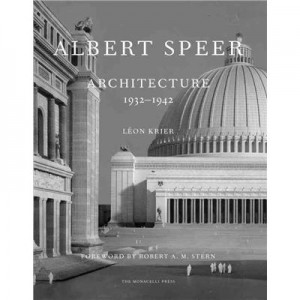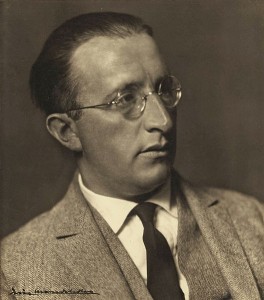Collegiality
During his acceptance speech at the Driehaus Prize ceremony in Chicago a couple of weeks ago, laureate Thomas Beeby made an interesting point: architecture is turning into an uncollegial profession. Of course, architecture has always been highly competitive. Building is a zero-sum game, that is, only a limited number of commissions are available at any one time, so if one architect gets to build, another doesn’t. Established, experienced practitioners have always had the inside track and access to the best jobs and the best clients; novices get whatever’s left over. But Beeby was making a slightly different point. Despite the competitive nature of the profession,


